ID and Dispatch the Cactus Moth
Thursday, August 17th, 2017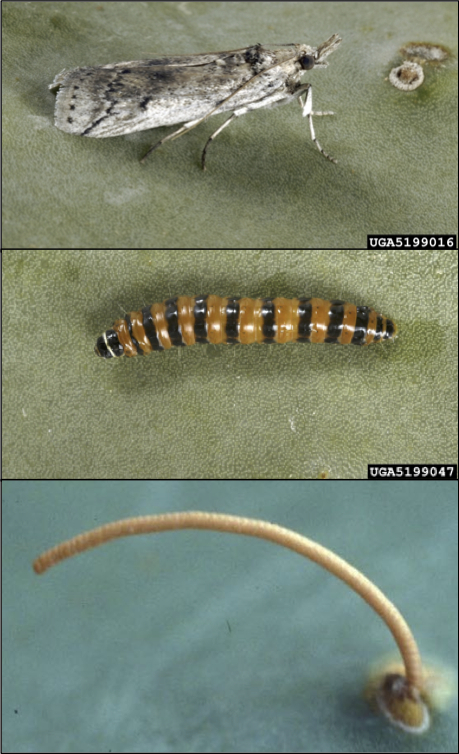
Photo credits: (top) Susan Ellis, USDA APHIS PPQ, Bugwood.org; (mid) Jeffrey W. Lotz, Florida Department of Agriculture and Consumer Services, Bugwood.org; (bottom) CMDMN
This is Passport to Texas
Prickly pear cacti are economically important to Texas and Mexico. They’re also the larval food of the cactus moth, a voracious nonnative species that’s heading westward toward our state.
As of 2009 it’s south of New Orleans. So, it’s just over 200 miles from the Texas border.
Invertebrate biologist Michael Warriner says the larvae of this prolific South American moth species can decimate prickly pear populations. The adult insect is non-descript and difficult to identify, but the larvae is easier to recognize.
Looking for the larvae or evidence of feeding damage is the best thing to look for. The caterpillars themselves are a bright orange to red coloration with black bands or spots. The larvae spend most of their time inside of the prickly pear pad, and they basically hollow it out. So the pad, as the larvae feed on it, will become transparent and they’ll eventually just collapse.
Researchers are developing methods of managing the moth. Until then, if you see infested plants…
You can still control it by removing the infested pads and that would help. Disposing and burning them. Or simply enclosing them in some kind of plastic bag to heat up the larvae and kill them.
Find links to more information about the cactus moth at passporttotexas.org.
That’s our show for today… For Texas Parks and Wildlife…I’m Cecilia Nasti

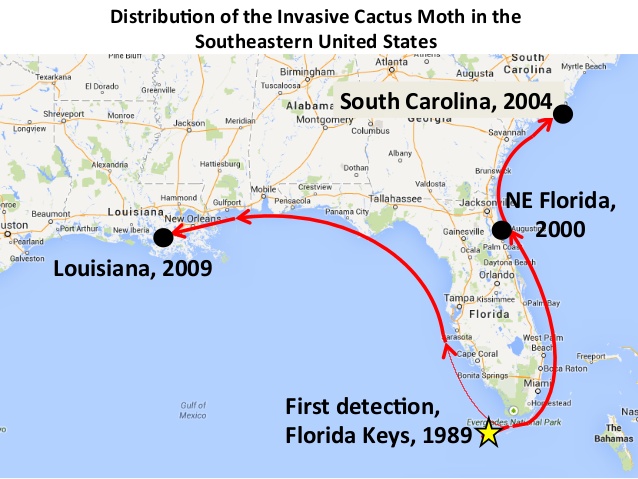
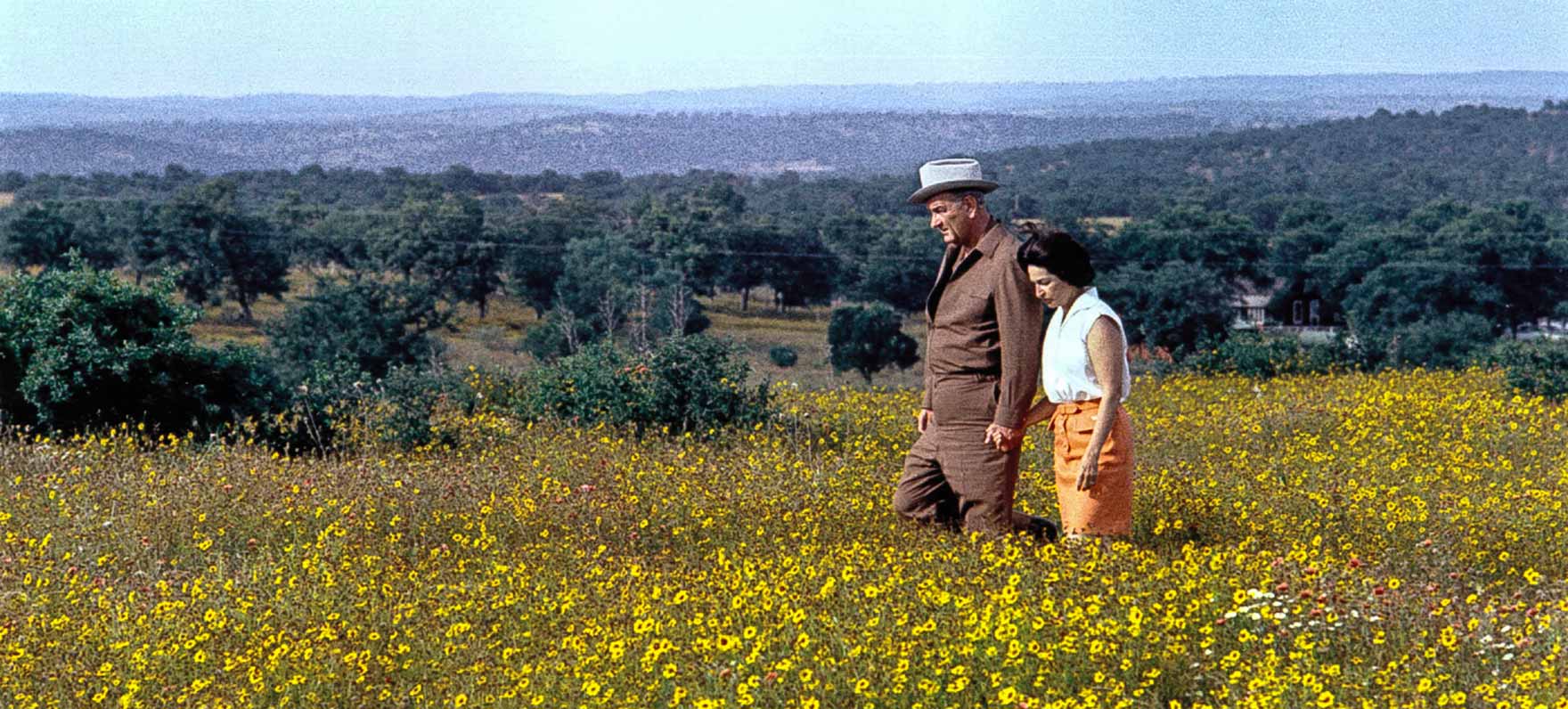
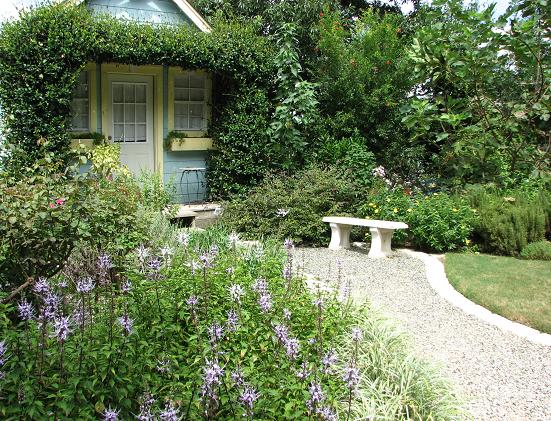
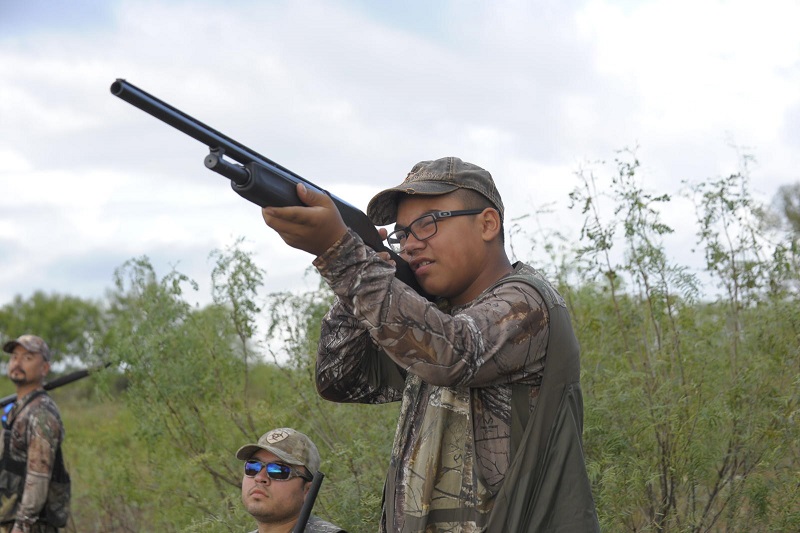

 Passport to Texas is a
Passport to Texas is a  Passport to Texas is made available by:
Passport to Texas is made available by: